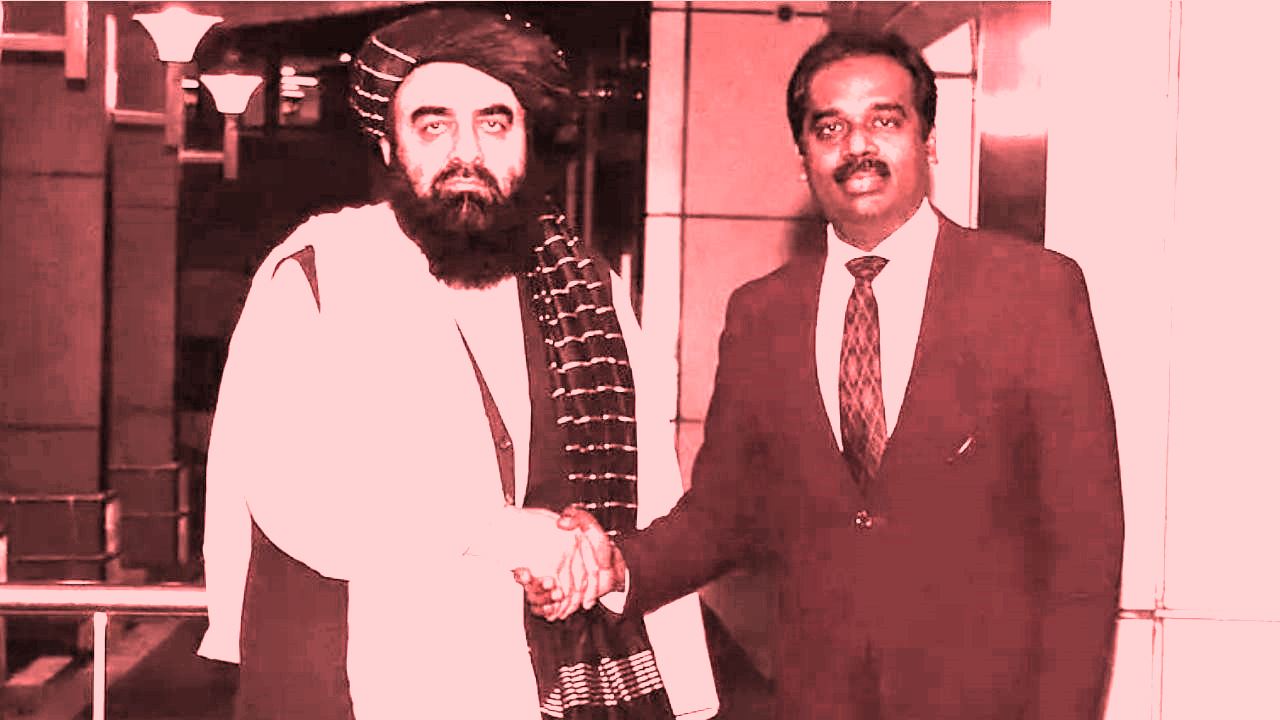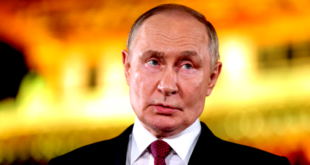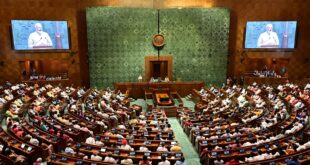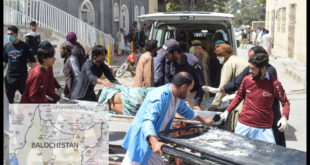 Dr. Utkarsh Sinha
Dr. Utkarsh Sinha
The recent visit of Afghanistan’s Taliban Foreign Minister Amir Khan Muttaqi to India has added a new chapter to the realm of international diplomacy. Following the travel waiver granted by the United Nations Security Council Committee, this marks the first high-level visit since 2021, when the Taliban seized control of Kabul. In discussions with External Affairs Minister S. Jaishankar, both sides deliberated on development assistance, bilateral trade, regional integrity, people-to-people contact, and capacity building. India announced its decision to upgrade its ‘technical mission’ in Kabul to a full-fledged embassy, underscoring Delhi’s pragmatic inclination toward Afghanistan. Yet, the perennial question remains: why this engagement when India has not formally recognized the Taliban government?
The dark August of 2021, when U.S. forces withdrew from Afghanistan and the Taliban assumed power without resistance, sent shockwaves through global diplomacy. For India, which had invested over $3 billion in Afghanistan over two decades, supporting projects like schools, hospitals, and the parliament building, this was a profound setback. With the collapse of former President Ashraf Ghani’s government, Delhi shut its embassy in Kabul and recalled Ambassador Rukmini Banerjee. Then-Foreign Secretary Harsh Shringla had clarified that India would not recognize the Taliban unless it respected the Afghan Constitution and established an inclusive government. Yet, this moment marked the beginning of India’s ‘cautious but consistent’ policy. Informal contacts began through the Taliban’s political office in Doha, Qatar, where India continued to send humanitarian aid.
In 2022, these ties deepened. In March, India invited a Taliban delegation to Delhi to discuss aid for flood-affected Afghans, marking the first direct engagement, which then-Foreign Minister Jaishankar described as a ‘pragmatic step.’ That same year, India sent 50,000 metric tons of wheat to Afghanistan through the United Nations, the first significant humanitarian aid under Taliban rule. However, this engagement was not unconditional. India consistently emphasized that Afghan soil must not be used for anti-India terrorism, a concern stemming from Pakistan-sponsored groups like Lashkar-e-Taiba and Jaish-e-Mohammed, which had made Afghanistan a safe haven.
The year 2023 ushered in an era of ‘cricket diplomacy.’ During the ICC ODI World Cup, Taliban star cricketers Rashid Khan and Najibullah Zadran were permitted to visit India. This move, though symbolic, was significant. The Taliban called it a ‘positive signal,’ while India described it as ‘building bridges through sports.’ That year, India also sent 40,000 metric tons of rice and medical supplies to Afghanistan. However, Pakistan’s shadow loomed large. Islamabad, a long-time supporter of the Taliban, grew wary of India’s increasing influence. The surge in attacks by Tehrik-i-Taliban Pakistan (TTP) turned Afghanistan into a threat for Pakistan, indirectly serving India’s interests.

In 2024, relations took a new turn. In July, Foreign Secretary Vikram Misri visited Kabul, meeting with Taliban Foreign Minister Mawlawi Amir Khan Muttaqi. This first high-level visit focused on infrastructure development in Afghanistan. Discussions highlighted the Chabahar port project, which, in collaboration with Iran, provides access to Afghanistan, aligning with India’s ‘Connect Central Asia’ policy and the International North-South Transport Corridor (INSTC). Challenges persisted, however. The Taliban’s stringent policies on women and minorities placed India in an uncomfortable position on international forums. United Nations reports labeled Afghanistan a ‘dark chapter for human rights.’
The pace of developments accelerated in 2025. In January, Misri met again with the Taliban, who assured India they would curb anti-India activities. In March, a South Asian Voices report described India’s policy as ‘cautious but consistent.’ In April, the Pulwama terror attack, which killed 26 civilians, forced the Taliban to issue a condemnation, significant for India as the attack was linked to Pakistan-based groups. In July, Russia granted de jure recognition to the Taliban, altering regional dynamics. India, a close ally of Russia, saw this as an opportunity.
And now, the historic October 2025 visit. During Muttaqi’s six-day trip, India signaled its intent to reopen its embassy in Kabul. Jaishankar stated, “This visit is a crucial step in strengthening India-Afghanistan friendship.” The Taliban described India as “always standing by” and pledged not to allow anti-India activities. Pakistan’s response, however, was sharp. Reports of explosions in Kabul, allegedly linked to Pakistani airstrikes targeting TTP leader Noor Wali Mehsud, surfaced. On X (formerly Twitter), debates erupted, with some calling it India’s ‘encirclement of Pakistan,’ while opposition leaders demanded condemnation of the Taliban’s ideology.
So, what drives this inclination? The primary reason is strategic: countering Pakistan. Over the past four years, the TTP has carried out over 1,000 attacks in Pakistan, weakening Islamabad. For India, this is an opportunity to free Afghanistan from Pakistan’s influence. Second, economic interests. India’s $3 billion investment in Afghanistan needs revival. The Chabahar-Afghanistan corridor offers access to Central Asia, challenging China’s Belt and Road Initiative. Third, security. The Taliban has sought India’s support in fighting groups like ISIS-K. However, this engagement is not without risks.
On the other hand, U.S. President Donald Trump’s intention to reclaim the Bagram Air Base for military use has thrown regional geopolitics into turmoil, with Russia and China’s anti-U.S. alliance emerging as a key force in thwarting it. In September, Trump warned the Taliban of ‘dire consequences’ if the base was not returned, presenting it as a strategic tool to monitor China’s activities and counter Russian influence in Central Asia. However, at the recent Moscow Format meeting, Russia, China, Iran, India, and Pakistan united in condemning this, labeling it an attempt at renewed American occupation and deeming it unacceptable.
This alliance is driven not only by fears of Afghanistan becoming a battleground again but also by concerns over escalating global polarization, where a U.S. return could derail the Afghan peace process and further strengthen the Russia-China ‘no limits’ partnership. Naturally, India is also concerned.
The Taliban’s restrictions on women (such as bans on education and jobs) risk isolating India from Western nations. Delhi’s silence on human rights could raise questions about its moral stance. The opposition’s criticism is valid. Memories of the 2008 Kabul embassy attack, which killed two Indian diplomats, remain fresh. Yet, the pragmatism of the Modi government cannot be denied. On the global stage, countries like Russia and China have recognized the Taliban; India cannot afford to lag behind.
If the Taliban takes inclusive steps, full recognition may be possible in the future, signaling a potential shift. For now, this inclination is a game of interests—where a neighbor’s instability becomes the foundation of India’s stability. Will this policy succeed? Time will tell. But one thing is clear: Afghanistan’s future is South Asia’s future. India must balance strategic interests without abandoning humanitarian values. Otherwise, this inclination could backfire.
(Author is a Senior Journalist and commentator of International relations)
 Jubilee Post News & Views
Jubilee Post News & Views




